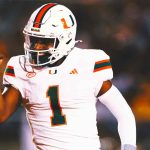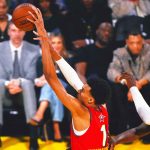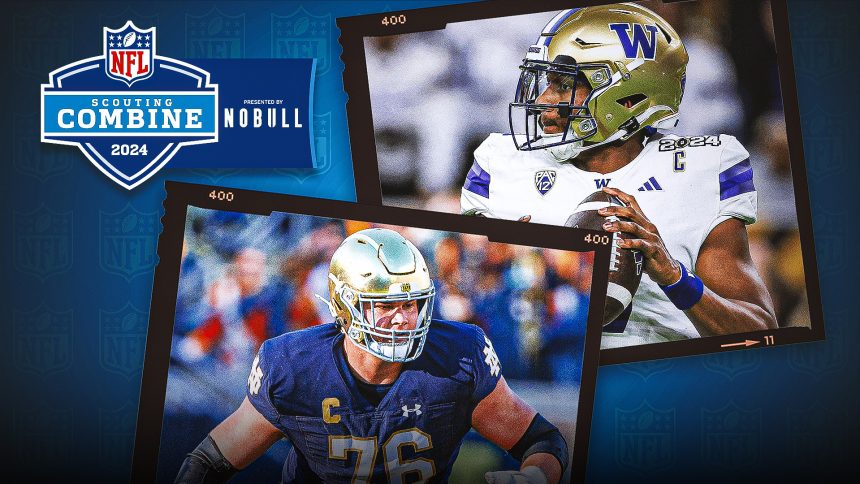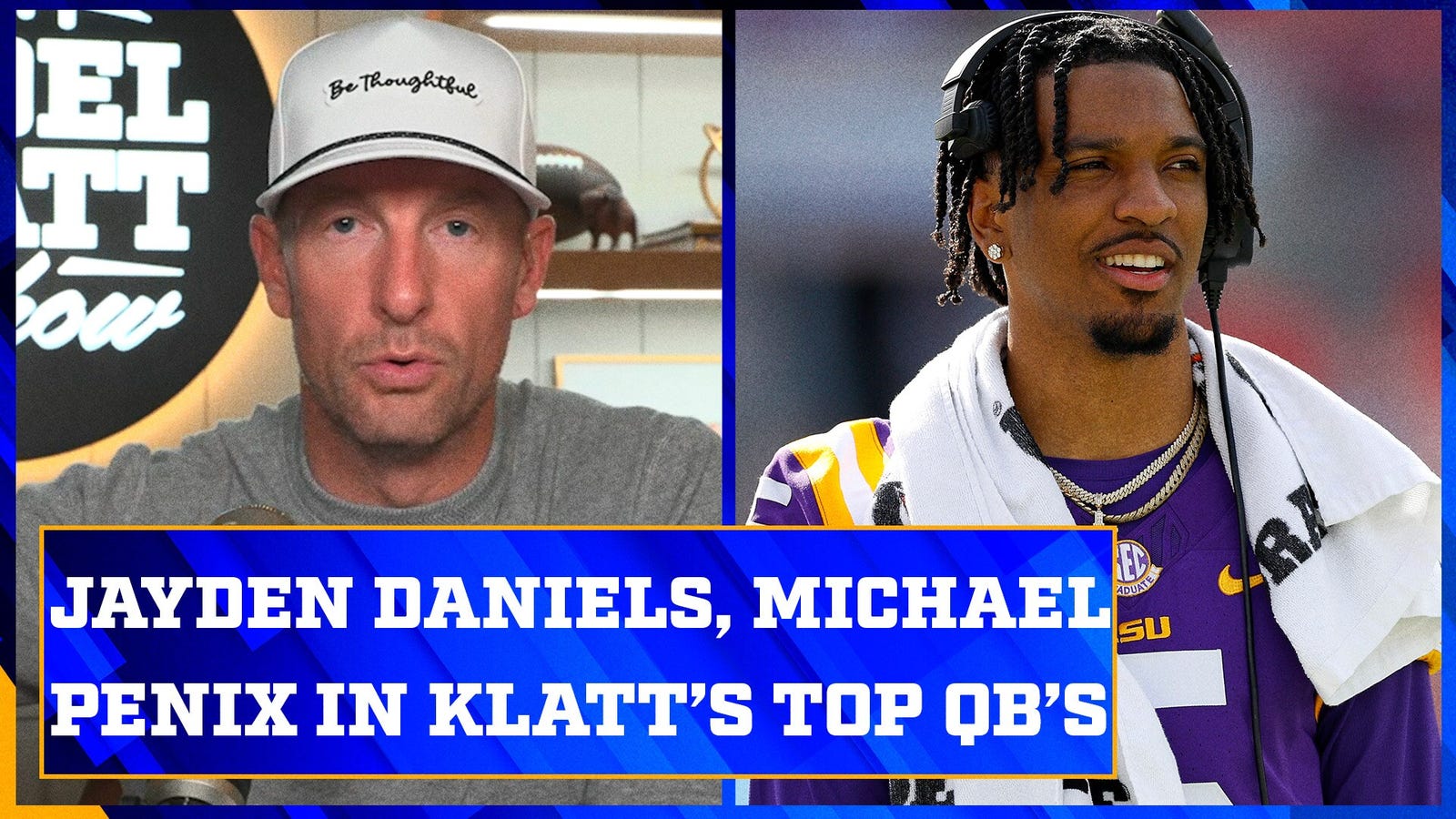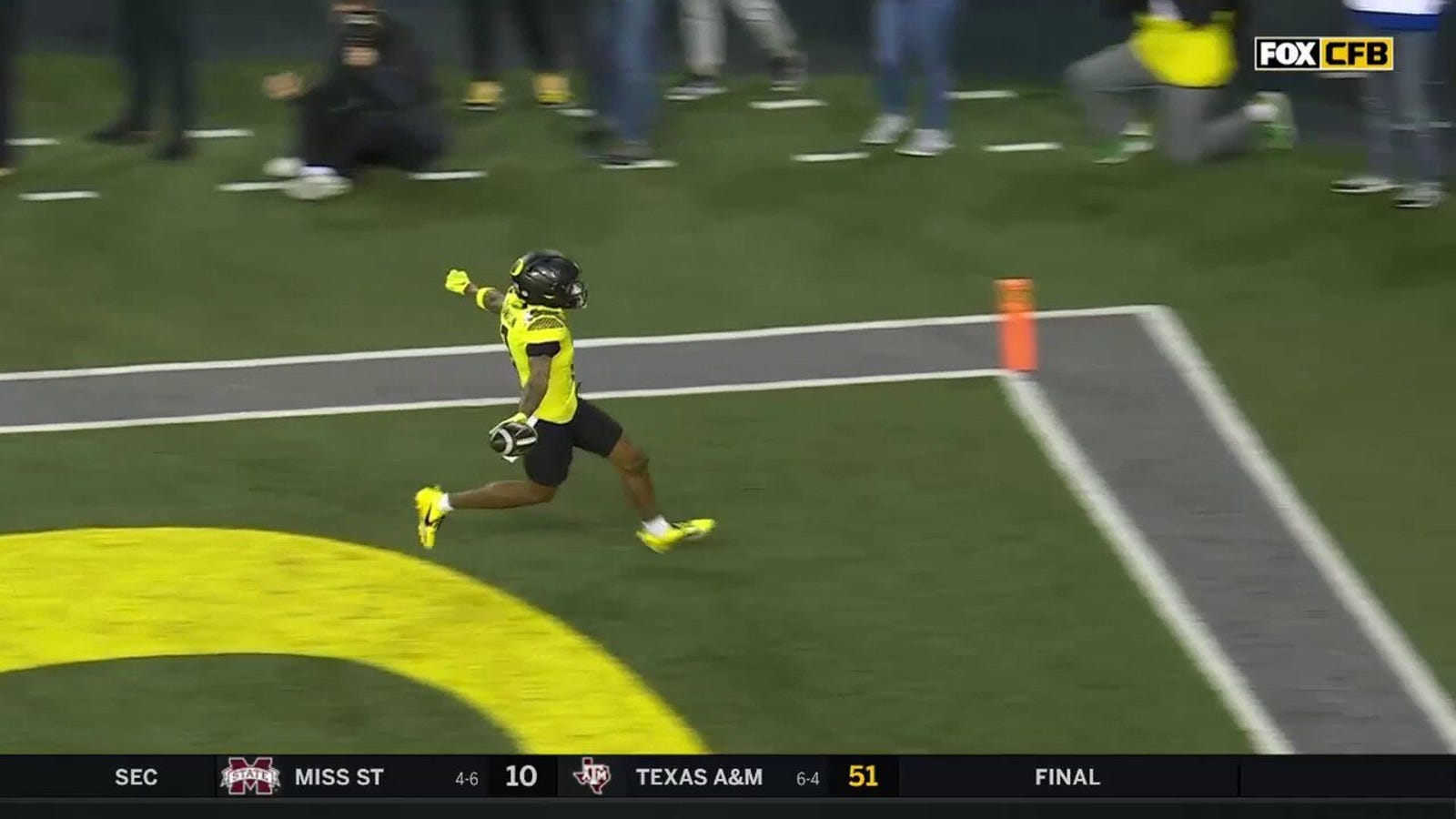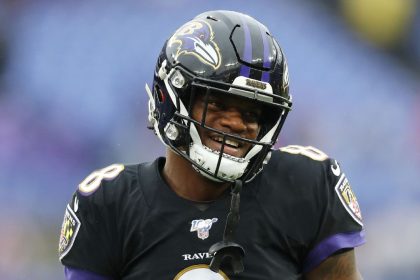Rob Rang
NFL Draft Analyst
Beginning Monday, representatives of all 32 NFL teams will descend upon Lucas Oil Stadium in Indianapolis. They’ve arrived for the scouting combine, where 321 of this year’s top prospects seek to boost their stock before the draft, which begins on April 25.
The exhaustive process was originally designed to provide every club with thorough medical evaluations of each draft-eligible prospect. While athletic tests such as the 40-yard dash, vertical jump, three-cone drill and bench press are entertaining for fans and helpful to scouts, the medical tests remain the most important element of the week-long event.
Of course, given that general managers and coaches for most teams also take their turns at the podium to answer questions from local and national media, plenty of other news on veterans will break this week, as well.
As far as the prospects go, these are the top stories you should watch.
ADVERTISEMENT
Top 50 big board | Top 10 QB prospects | Top 10 RB prospects | Top 10 WR prospects | Top 10 TE prospects | Joel Klatt’s mock draft
Which quarterbacks will shine in Saturday’s throwing sessions?
In a class boasting as much intriguing talent at quarterback as this one, there will be plenty of attention dedicated to the throwing session. Just who opts to throw, however, remains to be seen. Presumptive top-five picks Caleb Williams (USC) and Drake Maye (North Carolina) have yet to announce whether they intend to throw, and the same is true with Heisman Trophy winner Jayden Daniels, my top-rated senior signal-caller.
The next two seniors — Washington’s Michael Penix, Jr. and Oregon’s Bo Nix — will reportedly throw Saturday, which isn’t as a surprise since both showed their willingness to compete a month ago at the Senior Bowl.
It is easy to criticize the quarterbacks opting not to throw at the Combine. After all, with no defenders on the field, the exercise seemingly is just pitch and catch. NFL decision-makers recognize that the decision is far more complicated than that, however. For quarterbacks at their best improvising — like Williams or Daniels — the scripted throwing sessions won’t highlight their relative strengths. As such, it should come as no surprise if they ultimately wait until their respective Pro Days to throw.
The receivers running routes in Lucas Oil Stadium usually have little to no timing with these quarterbacks. Any freelancing on their part can make a quarterback appear inaccurate, weak-armed or lacking in anticipation — especially when the passers often focus on the intricacies of their drops and tightened throwing motions.
Accurate pocket passers like Penix, Tulane’s Michael Pratt and Notre Dame’s Sam Hartman, on the other hand, should excel on this stage. Nix and Tennessee’s Joe Milton III are expected to wow during the athletic testing. The quarterback I’m personally most interested in watching throughout the process is South Carolina’s Spencer Rattler, who is hoping to continue his positive postseason momentum after being named the Senior Bowl’s MVP.
Who is this year’s fastest player?
With a verified 4.37-second time in the 40-yard dash before graduating high school, Michigan wideout Roman Wilson is a strong bet to run one of the fastest times this year. Fellow wide receivers Troy Franklin (Oregon), Lideatrick “Tulu” Griffin (Mississippi State) and Xavier Worthy (Texas) also project as sub-4.40 speedsters.
Of course, with all that speed at receiver, there must be cornerbacks capable of keeping up. Projected first-rounders Nate Wiggins (Clemson) and Kool-Aid McKinstry (Alabama) might leave scorch marks on the Lucas Oil turf when they run on Friday.
In terms of boosting their draft stock the most, however, don’t be surprised when projected middle-round prospects like cornerback Kris Abrams-Draine (Missouri) and Max Melton (Rutgers) produce jaw-dropping times.
And like the aforementioned Rattler at quarterback, a pair of former Pac-12 standouts, Chau Smith-Wade (Washington State) and Anthony Gould (Oregon State), have the speed to boost their stock after splashy plays in Mobile and at the East-West Shrine Bowl, respectively.
Who will wow in the bench press?
Like speed and agility, raw power is essential to playing football. The bench press is the NFL’s most trusted test in measuring it, with players at every position — even quarterbacks and specialists — granted an opportunity every year to prove their strength.
Like every test, it has flaws. Players with longer arms have to push the bar further than those with shorter arms, so while Alabama offensive tackle JC Latham or Missouri defensive lineman Darius Robinson were two of the most powerful players I saw on tape this year, I don’t expect either of the long-armed maulers to finish among the top 10 in bench press repetitions in Indianapolis.
Instead, watch for burly interior blockers like Kansas State’s Cooper Beebe, Michigan’s Trevor Keegan and Oregon’s aptly-named Jackson Powers-Johnson to raise the bar among offensive linemen with stubby defenders like Mississippi State’s Jaden Crumedy, Clemson’s Tyler Davis and Auburn’s Justin Rogers also putting up big numbers.
Scouts recognize the inherent bias of the bench-press numbers, of course, and take the results and arm lengths into account. To this day, one of the most remarkable athletic feats I’ve ever seen at the Combine was when then-Clemson star Dexter Lawrence posted 36 repetitions of 225 pounds in 2019 despite possessing some of the longest arms (34 ¾”) among defensive linemen there. It is no surprise that he’s emerged as one of the league’s most powerful players.
Scouts will be paying the closest attention to relatively short-armed collegiate offensive tackles who may be asked to move inside to guard or center in the NFL. That list includes players like Duke’s Graham Barton (32 5/8″), Arizona’s Tanner Morgan (32 7/8″) and OSU’s Fuaga (33 3/8″).
Will the top RB please step up?
While the pecking order at quarterback and receiver seems fairly well established at this point, the opposite is true at running back. As I noted in my top 10 ranking of the position, there may not be a single running back selected among the top 50 picks this year, which has happened just once before (2014).
In terms of the 40-yard dash, the running backs who might generate the most media buzz are Notre Dame’s Audric Estime‘ and Tennessee’s Jaylen Wright, as they are two of the few backs with the size to project as NFL workhorses while also showing legitimate breakaway speed against top competition.
A lot of talent evaluators put more stock into shuttle times than the 40-yard dash when it comes to grading running backs, however. Every club is looking for a back with breakaway ability, but rarely do runners get a wide-open rushing lane through which to gallop. The change-of-direction skills needed to elude in tight quarters is even more important. Oregon’s Bucky Irving and TCU’s Emani Bailey should excel in the three-cone and short-shuttle drills. Failure to do so could hurt their stock more than a slower-than-expected time in the 40-yard dash.
Similarly, many scouts will put more stock into how bigger backs like Florida State’s Trey Benson and Wisconsin’s Braelon Allen perform in these drills than in the 40-yard dash.
Believe it or not, 40-yard dash could help distinguish between top OTs
While the 40-yard dash is not as important as some might think for running backs, a lot of scouts do value it highly for offensive linemen.
Like you might be, I once scoffed at the idea of 40-yard dash times mattering much when it came to evaluating offensive linemen. The 10-yard splits might be important, but not the full 40. No longer. I’ve had enough conversations with top talent evaluators at the pro and college level over the years to know that teams take these times very seriously. Similar to bench press numbers, a fast 40-yard dash is not only a reflection of athleticism for the big guys but endurance and conditioning — traits just as important to predicting success in the NFL.
Players at the so-called “skill positions” will dominate combine coverage, as always, but the most gifted positional group this year is offensive tackle. Nearly 20% of the players listed on my initial draft board played tackle in college, and frankly, I might have short-changed the group.
Notre Dame’s NFL legacy Joe Alt remains my top-rated offensive tackle in this draft but this is where Penn State’s Olu Fashanu, Oregon State’s Taliese Fuaga and Georgia’s Amarius Mims, among others, could catch up with him.
Players who may struggle in athletic testing (and why it may not matter)
It is easy to get overwhelmed by the volume of data generated at the Combine every year. Ideally, these tests make up only 5-10% of a player’s actual evaluation. Nothing happening at Lucas Oil Stadium this week includes shoulder pads or helmets, after all.
Some of the very best players in the NFL posted mediocre workouts. Take the 40-yard dash results of the Los Angeles Rams‘ dynamic receiver duo of Cooper Kupp (4.62 seconds) and Puka Nacua (4.57), for example. Buffalo Bills offensive tackle Dion Dawkins was deservedly voted to the Pro Bowl this year, but 22 offensive linemen posted more bench press repetitions than his 26 at the 2016 NFL Combine.
Every year some players fail to post eye-popping workout numbers but then go on to succeed in the NFL. This year, I don’t necessarily expect flashy numbers from Florida State wide receiver Keon Coleman, Kentucky running back Ray Davis, Washington edge rusher Bralen Trice or Alabama defensive tackle Justin Eboigbe. I still see each as future NFL starters.
Rob Rang is an NFL Draft analyst for FOX Sports. He has been covering the NFL Draft for more than 20 years, with work at FOX, Sports Illustrated, CBSSports.com, USA Today, Yahoo, NFL.com and NFLDraftScout.com, among others. He also works as a scout with the BC Lions of the Canadian Football League. Follow him on Twitter @RobRang.
recommended
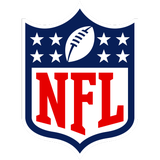
Get more from National Football League Follow your favorites to get information about games, news and more

